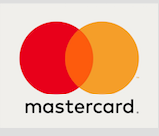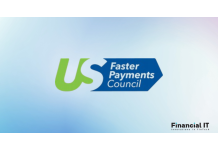Fintech iBanFirst Secures UK EMI License to Expand...
- 07.03.2025 09:55 am
Corpay Cross-Border Named the Official FX Partner of...
- 07.03.2025 09:50 am
Airwallex Removes Complexity for the Creator Economy...
- 07.03.2025 09:45 am
U.S. Faster Payments Council Report Explores How...
- 06.03.2025 03:25 pm
Nexi Group Enables Swiss Merchants to Accept Consumer...
- 06.03.2025 10:05 am
Tuum Becomes a Mastercard Digital Activity Service...
- 06.03.2025 10:05 am
TerraPay Partners With Banque du Caire to Enable...
- 06.03.2025 10:00 am
Hex Trust Receives Major Payment Institution License...
- 06.03.2025 09:15 am
IXOPAY Launches Payment Account Reference Solution,...
- 06.03.2025 09:05 am
Swiss Fintech Rivero Collaborates With Leading...
- 05.03.2025 05:20 pm
Skipify and Discover Announce Strategic Partnership to...
- 05.03.2025 05:05 pm
Emirates NBD and Visa Partner to Launch Visa...
- 05.03.2025 02:25 pm























